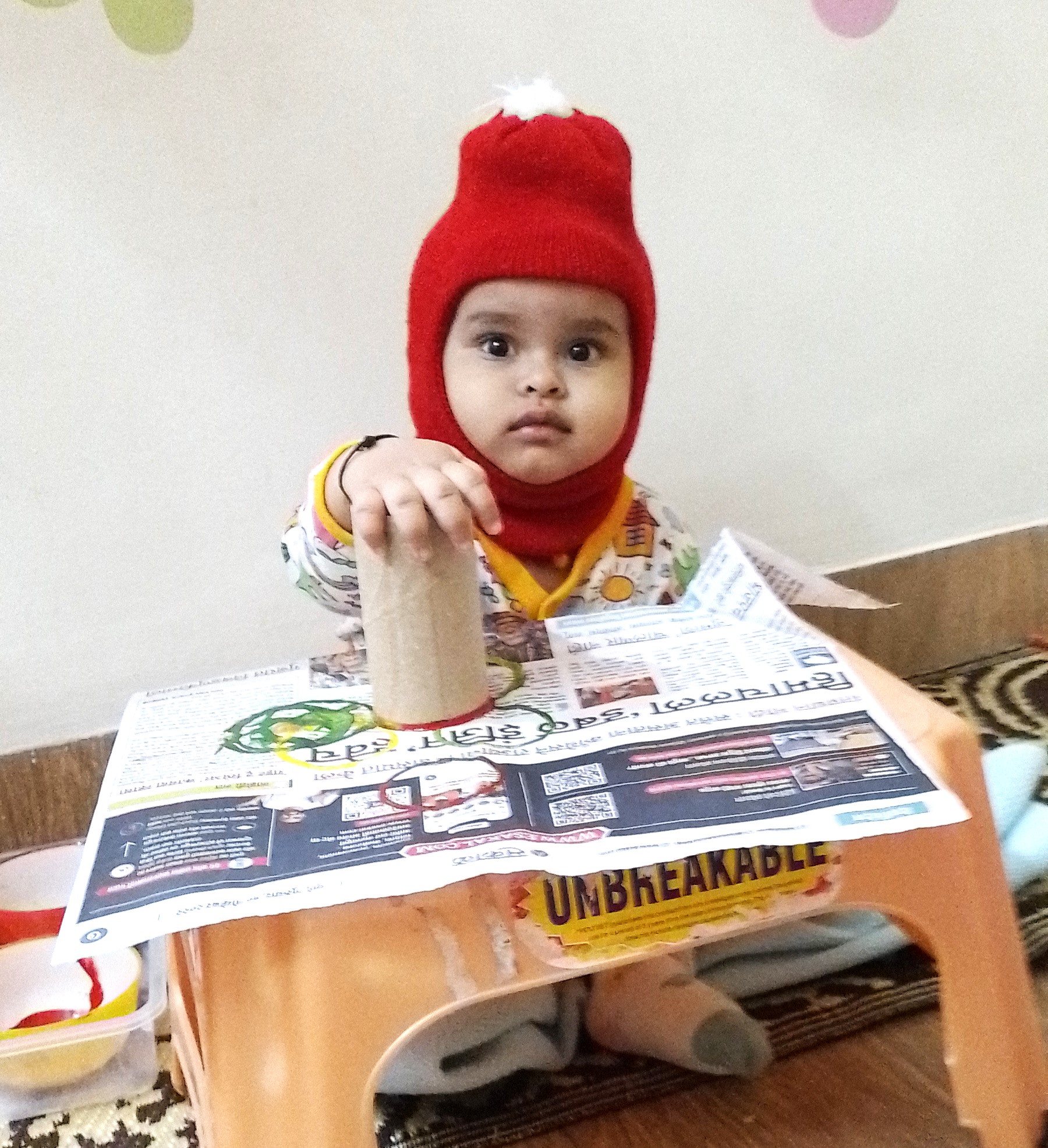
Dealing with stubbornness part 2
When it comes to dealing with stubbornness, we have already looked at ‘leading with a yes’ and ‘not labelling’ as two important ways.
Let’s look at two more.
What happens as a result of the crying in the example above is important. If your initial ‘no’ is changing to a ‘yes’ as a result of the child crying, then that means the child is learning that crying can change a ‘no’ into a ‘yes’.
When the child cries, the only task at hand is to hold the child close to you and help the child soothe. Making sure you don’t cave in and comply as a response to your child’s reaction is important.
Fourth is autonomy. One feels the need to be stubborn especially when one feels helpless. Stubborn behavior, then, becomes one of the ways to feel in control. The child has many valid reasons to feel helpless. The child hasn’t learnt to do many things yet and therefore needs help from adults. The child cannot make sense of many things around them. The child cannot fully understand consequences or the concept of time and therefore having patience may be frustrating. This list is endless. In such a context, if we create multiple opportunities for our child to make choices, small decisions and to exercise control to whatever extent is possible, that helps to develop autonomy which is one of the basic human psychological needs. In that case the child may not need to behave in a stubborn way to feel in control.
Autonomy can be exercised when we give our child choices such as what the child wants to wear, what they want to play with and how, what they want to eat (among healthy choices), what do they want to watch as a part of their screen time (among healthy choices), what route do they want to take to their park/school, how would they like to help you with some chore and so on. If we look for them, we find innumerable opportunities for such choices for the child during a single day.
Autonomy also builds the basis for self-worth and self-esteem to develop in addition to self-efficacy and self-confidence.
Activity:
The next time you observe your child behaving stubborn, ask yourself the following questions
How can I help my child soothe without being permissive?
Has the child felt helpless today or recently?
How can I give more autonomy to my child?
